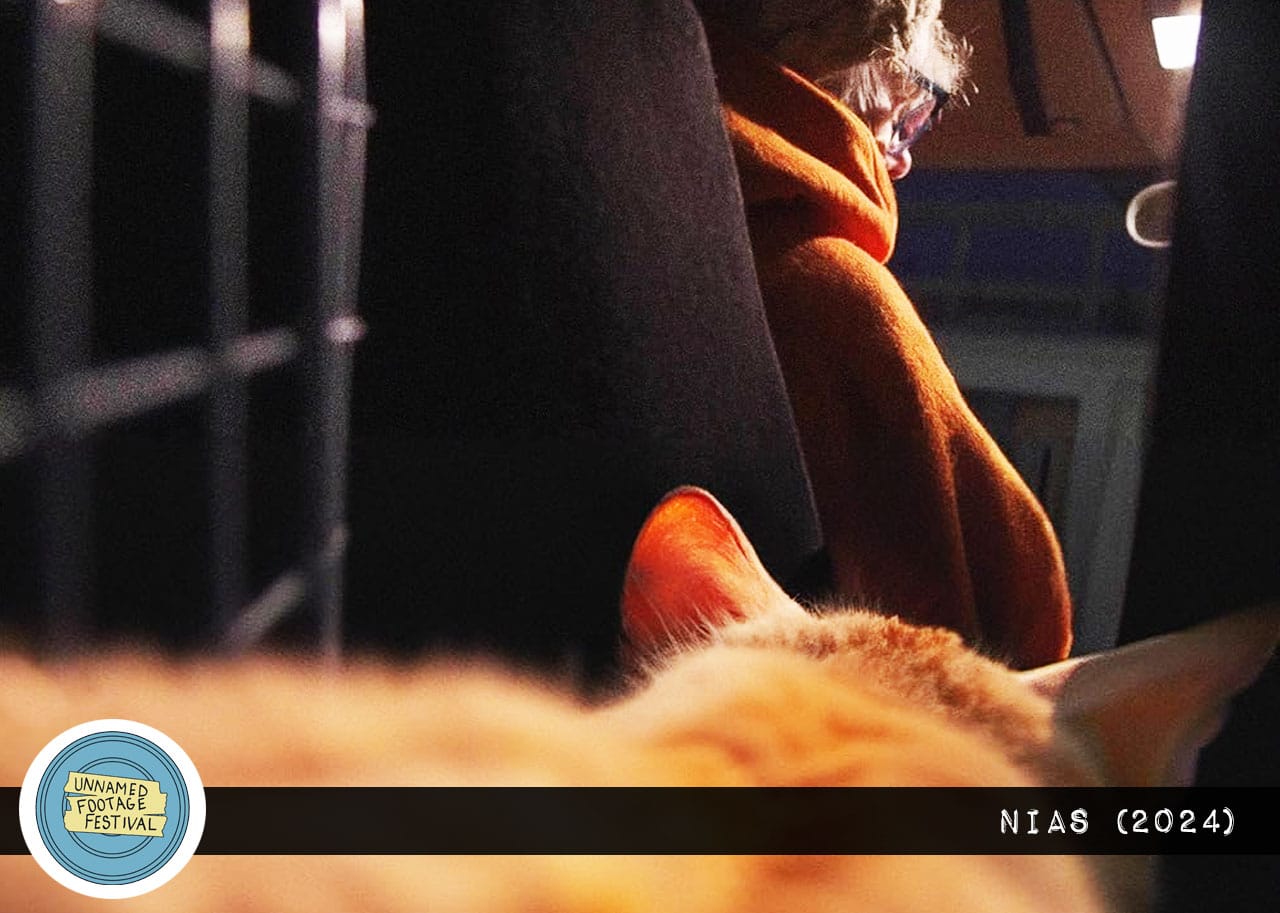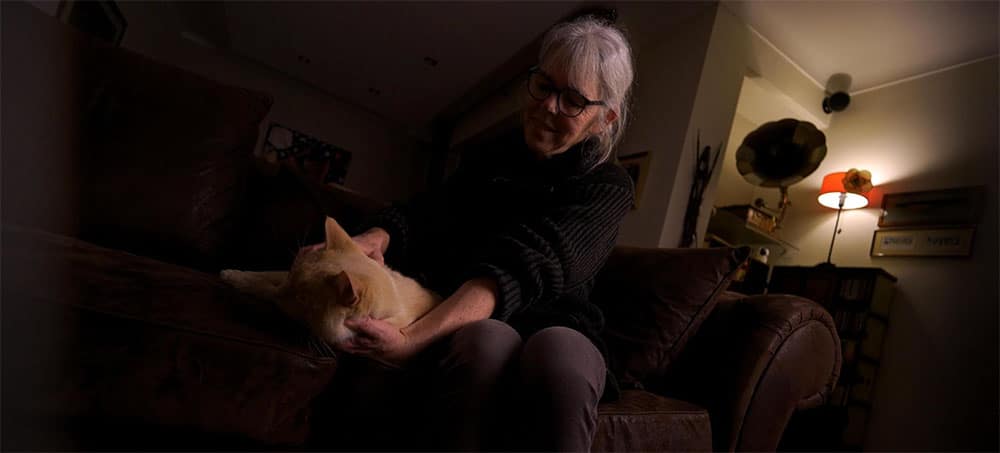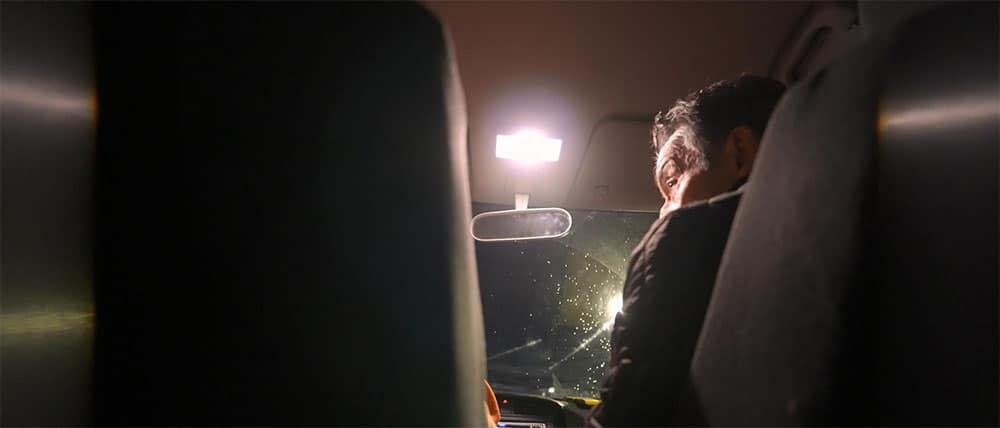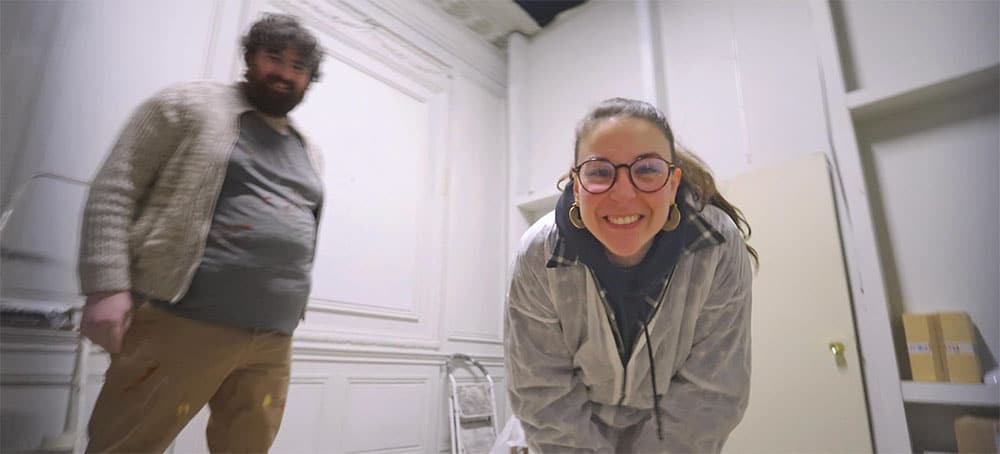Though “Nias” is not traditional horror, this clever twist on found footage left me feeling as tense and anxious as the best genre films.
When found footage is done right, it can add significant authenticity, urgency, and immersion to a viewing experience.
However, if it doesn’t feel like there’s a compelling reason to have a film presented as found footage — and there isn’t considerable care taken to ensure the use of found footage and specific shots make sense in the context of the story — then it can quickly take a viewer out of the experience and hurt the effectiveness of the film.
I love the Unnamed Footage Festival (UFF) because it does an excellent job curating found-footage films that feel innovative and thoughtfully executed. It highlights filmmakers who know how to make the POV or found-footage conceit feel clever and purposeful rather than cheap and lazy.
When I saw the impressive lineup for this year’s UFF 2024 schedule, I was immediately drawn to one film in particular: a French film called Nias, written and directed by Baptiste Rambaud in his feature film debut.
The synopsis is as follows:
Noémie is a professional cat sitter in France whose days are spent visiting with the cutest kitty clients while their humans are away. After the loss of a cat leaves her traumatized and paranoid, she can’t bring herself to say goodbye to a cat named Nias. Noémie catnaps Nias while his owners are out of town and finds herself in an intense chase through the city streets of Normandy.
Not only was I intrigued by the unusual concept, but I’m also a passionate cat lover, making this an easy, must-see addition to my screening schedule.
I’m always excited when I have the chance to see something different, something I haven’t experienced before. Because found footage is such a saturated sub-genre, it can be easy to assume you’ve seen it all. Yet, talented filmmakers continue to find ways to subvert expectations and surprise viewers.
Nias is a film shot entirely from the perspective of a cat carrier that cleverly explores the rarely-seen POV of an inanimate object while adeptly avoiding one of the biggest pitfalls of many found footage films.
How often has a found-footage film been ruined by pesky questions like, “How could they have gotten this shot?” or “What the heck are they still filming?” It’s one of my biggest problems with the subgenre, as it makes the use of found footage feel like a gimmick or simple cost-saving technique rather than something germane to the story that feels purposeful and necessary.
Nias brilliantly addresses that challenge by integrating a cat carrier into the story and allowing it to be told from that object’s point of view.
This allows the audience to feel like they are a part of the action, with an engaging voyeuristic point of view. It also allows the actors to move freely around the frame without being burdened with a camera or having to acknowledge the “why” of the filming.
There’s never a point where that conceit feels forced or contrived, and there is never a moment when it doesn’t make complete sense why the carrier is in the frame and why we’re getting that particular POV of the action.
With a brief hour-long runtime, Nias immediately plunges you into the story. It moves at a rapid pace, with lots of kinetic action to keep you invested.
The story itself is simple and assuming, and Rambaud wisely resists the urge to overcomplicate unnecessarily. Essentially, it’s about a well-meaning cat sitter, Noémie (Isabelle Inizan), recovering from a trauma that’s briefly shown in the film’s first few minutes (it’s not overly explicit or gratuitous, but it’s more than enough to make an impact if you’ve ever loved and lost a pet).
Noémie becomes attached to one particular cat, the titular Nias. When she discovers a wound on his belly, she becomes convinced his owners — a young couple and their adolescent daughter — are abusing him.
After kidnapping Nias from his home, we follow her during a frenzied chase through the city, pursued by the cat’s owners, and her desperate attempt to free the cat from his abusive home and ensure he gets the love and care he deserves.
Over the next few hours and days, we are immersed in the palpable desperation of both Noémie and Niad’s family as they frantically try to return the cat to safety.
Along the way, Noémie enlists the help of a rescue organization, a social worker whose cat she saved, a veterinarian, police officers, and the owner of a pet shelter.
Everyone in the film is convinced they are doing the right thing, singularly focused on what’s best for Niad. The tragedy of the situation comes with the knowledge that even the best intentions can have devastating consequences, especially when a defenseless innocent (in this case, a cat) is involved.
Rambaud does a great job of giving you plenty of reasons to root for both Noémie and Niad’s family, keeping it purposely unclear whether Noémie is rescuing Niad from a dangerous situation or stealing him from a loving home. When Noémie’s best efforts to free the cat result in a situation that seems far worse than anything she imagined he may be facing, it’s absolutely gut-wrenching.
The film asks many probing questions and offers no concrete solutions, only evidence for each possible interpretation.
Is Noémie a guardian angel to abused animals, or is she not thinking clearly as a result of her unresolved trauma? Is Niad suffering at the hands of his owners? Is the unruly young girl in Niad’s home a threat, or is she another innocent victim in this debacle? Is Noémie’s love for cats admirable or an unhealthy obsession?
Throughout the ensuing human chaos, the film’s POV keeps us locked into the perspective of the greatest victim and the one with the most at stake in the drama’s outcome, Niad.
The film’s horror comes from the tension of not knowing what will happen and the empathetic pain we feel watching the events unfold through our intentionally claustrophobic and helpless POV. This perspective makes it easy to understand how distressing it must be for Niad as he is passed from person to person and forced to undergo tremendous stress. It all escalated to a finale I did not see coming, which brought more questions into the foreground and sent me into an emotional tailspin.
I’m sure much of my enjoyment of Nias is due to my personal love of cats, which makes the story resonate with me more deeply.
But credit must also be given to Rambaud’s gift for storytelling and enveloping, involving filmmaking.


















Follow Us!